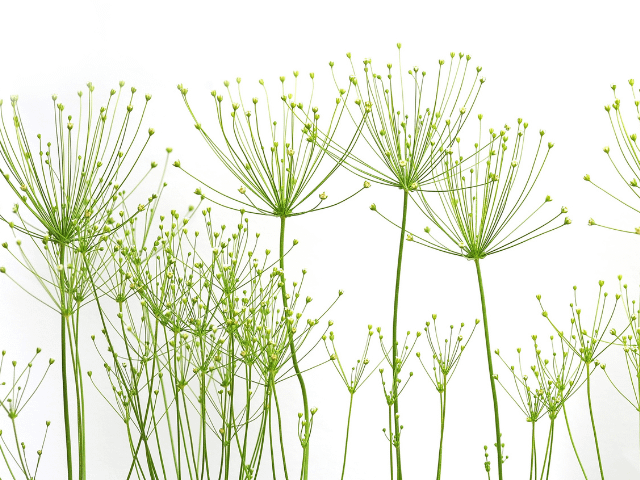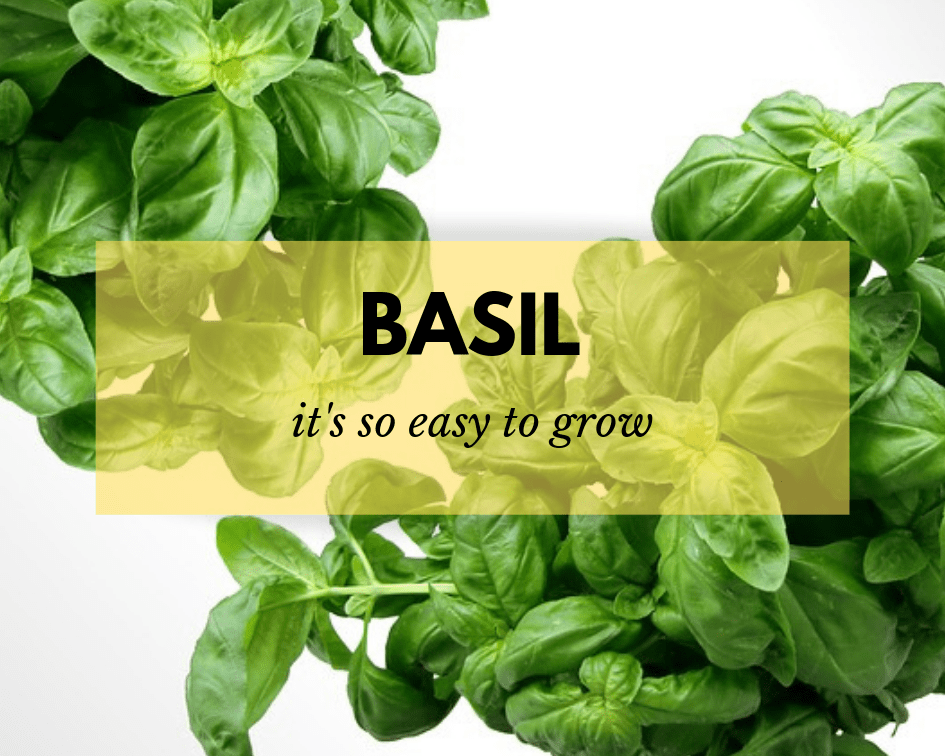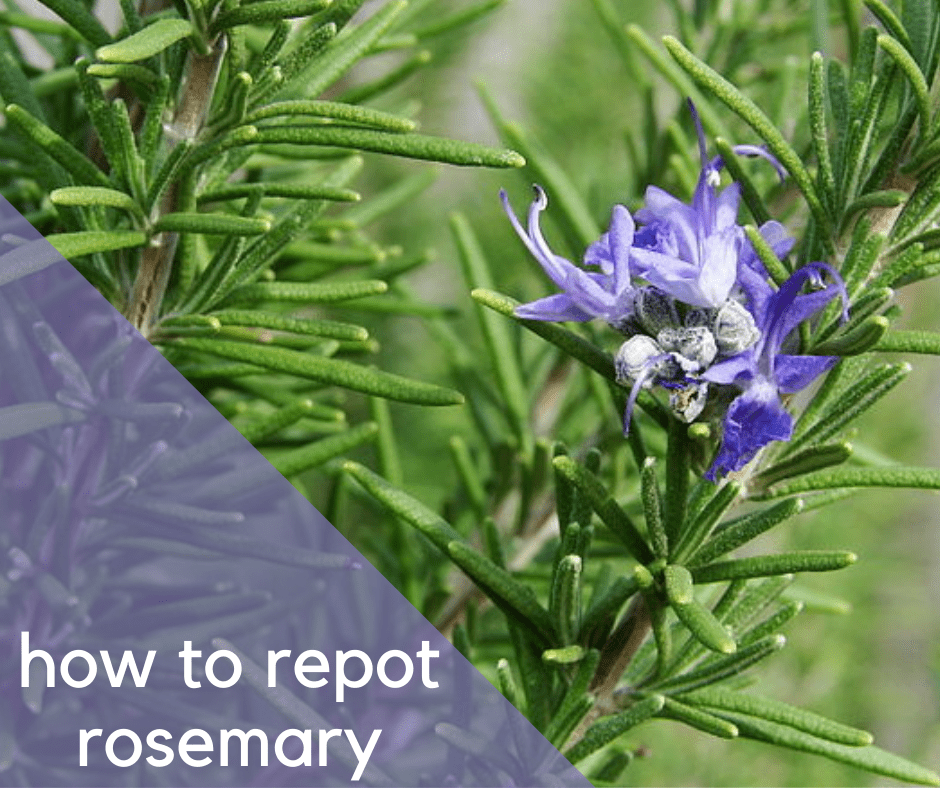This post may contain affiliate links. As an Amazon Associate we earn from qualifying purchases.
No, it’s not a cinch to grow dill, but if you cater to its needs you’ll do just fine. What are those needs? Read on to find out. Oh, and you’ll find some yummy recipes at the end of the post!
Dill (Anethum graveolens), with its delicate, feathery leaves and amazing flavor, is a must-add ingredient in many culinary traditions. Native to southwestern Asia and southeastern Europe, dill thrives in various climates.
Throughout my gardening life I’ve found that knowing where a plant hails from helps me to better understand its needs and how to best care for it. Dill’s “roots” are in areas like Russia, the Mediterranean and western Asia.
Dill is an annual herb, meaning it completes its life cycle in one growing season. However, it readily reseeds itself, so you might find new dill plants sprouting the following year if you let some go to seed.
Dill is hardy in USDA zones 3 to 11, making it adaptable to a wide range of climates. Find your growing zone here.
Growing dill from seed
Starting dill from seed is a straightforward process. It’s best to sow dill seeds directly outdoors where they are to grow since they do not transplant well.
Dill has a long taproot that is easily disturbed, making direct seeding the preferred method. The ideal time to plant dill seeds is in the spring, after the last frost has passed, although you can also sow seeds in late summer for a fall harvest.
Choose a location that receives full sun, as dill thrives in bright light. Dill prefers well-draining soil with a pH between 5.5 and 6.5.
Don’t have a clue what your soil’s pH is? Get yourself a soil pH meter and you’ll never have to guess again!
Prepare the soil by working in compost or aged manure to enhance fertility and drainage. Sow the seeds about 1/4 inch deep and spaced approximately 12 to 18 inches apart. Don’t forget to lightly press on the soil-covered dill seeds to ensure they make good contact with the soil.
Thin the seedlings to about 12 inches apart once they are a few inches tall.

Light and water requirements to grow amazing dill
Dill requires full sun, meaning it needs at least six to eight hours of direct sunlight daily. Adequate sunlight ensures the plants develop strong stems and a robust flavor.
In terms of water, dill prefers consistent moisture but does not like to be waterlogged.
Water the plants just often enough so that the soil is moist, but not soggy. This is even more important during dry, hot weather.
To ensure you aren’t overwatering, stick a finger into the soil and if it is dry about an inch in depth, it’s time to water.
Fertilizing your dill plants
Dill doesn’t require a ton of fertilizer. In fact, one application of a 3:1:2 ratio fertilizer is all you may need to give it. Especially if you have amended your soil with compost or aged manure before planting.
In case you’re a new gardener, when shopping for a fertilizer with a 3:1:2 ratio, look for any of the following. There are others, but these are some of the most commonly sold. We prefer the 3-1-2.
- 3-1-2
- 6-2-4
- 9-3-6
- 12-4-8
- 15-5-10
However, if your soil is poor, you can apply the aforementioned fertilizer once the plants are established and growing well. Then, no more.
Never apply fertilizer when the air temperature exceeds 90 degrees Fahrenheit or if the plant is otherwise stressed, such as from insect infestation, heat or water stress or anything else.

Harvesting dill
You can start harvesting dill leaves once the plants are about 8 inches tall. Use a pair of sharp snips to take off the amount needed, starting with the outermost leaves and working your way inward.
You’ll be glad you started on the outside because the dill plant will produce bushier growth and, hopefully, discourage bolting (going to seed) too quickly.
For a continuous supply of fresh dill, consider sowing seeds every few weeks throughout the growing season.
Dill seeds are usually harvested once the flower heads have turned brown and dry. Cut the flower heads and place them in a paper bag to finish drying.
After a few weeks, shake the bag to release the seeds. Both the leaves and seeds of dill can be used fresh or dried. To dry dill leaves, hang small bundles upside down in a warm, dry, well-ventilated area out of direct sunlight. Once completely dry, store the leaves in airtight containers away from light and moisture.

Pests and diseases
While dill is relatively good at fending off bugs, it can be susceptible to certain pests and diseases. Common pests include aphids, caterpillars, and spider mites.
Regularly inspect your dill plants for signs of infestation, such as discolored or distorted leaves, and take action promptly. You can often manage minor infestations by spraying the plants with a strong jet of water or using insecticidal soap.
Dill can also be affected by fungal diseases like powdery mildew and downy mildew, especially in humid conditions. To prevent these diseases, ensure good air circulation around the plants by spacing them properly and avoid overhead watering.
If you notice signs of mildew, remove affected plant parts and consider using a fungicide if the problem persists. Check out our post on copper fungicide. Yes, it’s organic.
Toxicity to pets
Dill is generally considered safe for pets, including dogs and cats. However, as with any plant, it’s best to prevent your pets from pigging out on it.
Some animals might experience mild gastrointestinal upset if they eat too much dill, but it is not considered toxic.
What should I do with all this dill?
We did the sleuthing for you and have rounded up some very yummy-sounding recipes.
- 40 Fresh Dill Recipes That Aren’t Just For Pickles, from Laura Denby at Taste of Home.
- Fresh, Vegetarian Recipes Featuring Dill. At Cookie + Kate.
- Perfect Cucumber Salad at com, from Rachel Perlmutter
- Salmon with Lemon and Dill, submitted to All Recipes by Michelle Ramey.
- Roasted Dill Potatoes, by Sneji at The Modern Nonna.
- Chicken Salad, courtesy of Rachel Perlmutter at The Kitchn.
- 43 Recipes for Fragrant, Fantastic, Fresh Dill. You’ll find this one at epicurious.com.
- Dill Recipes, NY Times Cooking.
- Vegan Dill Recipes from Kaitlin at The Garden Grazer.





